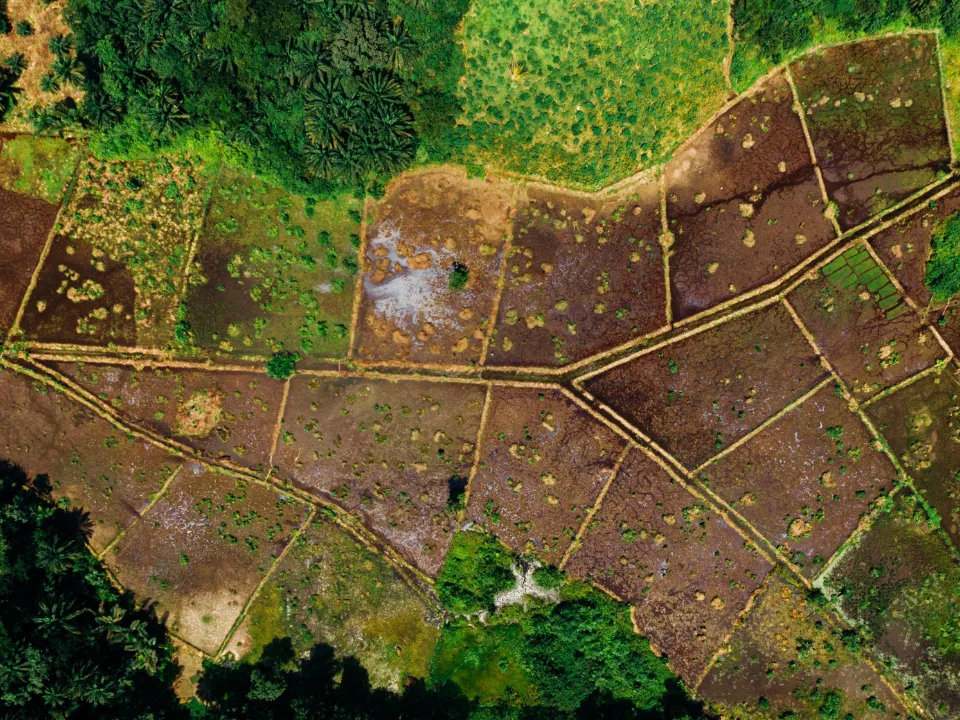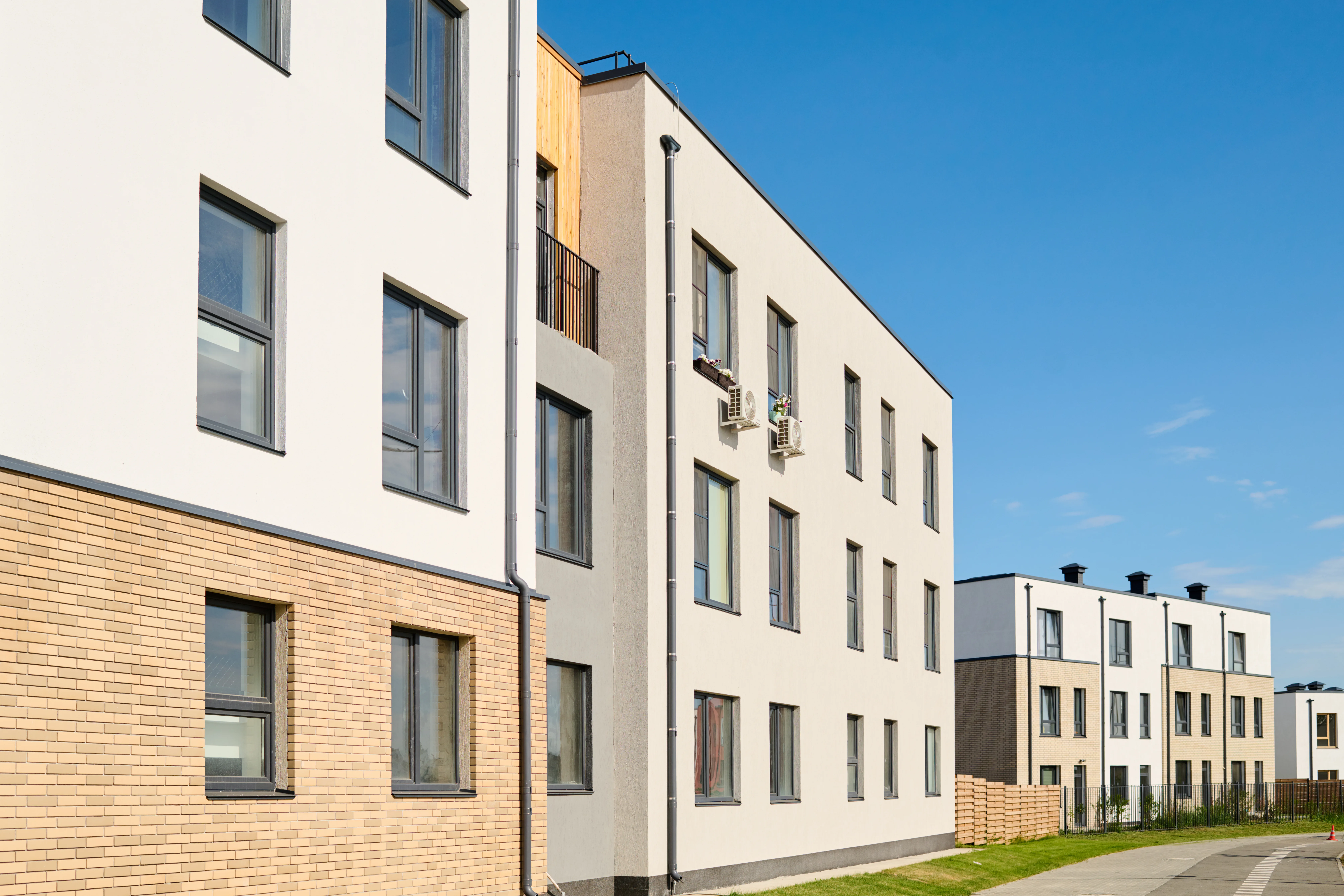- A federal task force is exploring how to repurpose some of the government’s 500M-acre land portfolio to ease the national housing shortage.
- Nevada has led the way in turning federal land into affordable housing, but high infrastructure costs, slow timelines, and policy limitations show that “cheap dirt” isn’t a silver bullet.
- While federal land access can lower development costs, experts say successful projects depend on infill locations, infrastructure investment, and more flexible land-use policies.
According to Bisnow, as the US looks to tackle its deepening housing crisis, federal agencies are studying how to unlock the country’s vast real estate portfolio—some 500M acres—for new housing.
Nevada, where housing shortages and high prices have long pressured the market, has already ventured down this path. The state’s experience offers both promise and warning for what’s ahead.
Land Alone Isn’t the Solution
Nevada has pioneered the use of federally owned land, particularly parcels managed by the Bureau of Land Management (BLM), to build affordable housing. But as Bill Brewer of Nevada Rural Housing puts it, “Free land does not solve all of our problems.” That’s because developing remote federal land often involves significant upfront investment to add infrastructure, including roads, utilities, and transit options.
Millions in Infrastructure Costs
In some cases, installing basic services to an otherwise cheap plot of land can cost up to $10M. For example, Ovation Development Corp. has used former BLM land to build or plan over 1,200 affordable units since 2015. But for one 600-unit project near Henderson and Las Vegas, $16M in off-site utility and impact costs erased much of the savings gained from a $100-per-acre land deal.
Success in the Details
The key to making federal land development viable? Location. Nevada officials selected land for the Cactus Trails project—210 single-family homes near the Las Vegas Strip—because it was adjacent to existing neighborhoods and transit lines. That enabled them to build faster and more affordably, even as the land was assessed at $1.4M per acre but sold to the county for just $100.
Policy Limits and Opportunity
Currently, Nevada’s program allows federal land to be used only for affordable housing, which narrows developer interest and makes building complementary services more difficult. Industry leaders like Robin Crawford of the Nevada State Apartment Association advocate for more flexibility, such as allowing mixed-use or mixed-income projects that include affordable units alongside market-rate housing and services.
Get Smarter about what matters in CRE
Stay ahead of trends in commercial real estate with CRE Daily – the free newsletter delivering everything you need to start your day in just 5-minutes
Western Land, Western Lessons
The West holds much of the opportunity. A study by the American Enterprise Institute found that developing 512,000 acres of federal land in the West could yield up to 4M new homes. In Utah, the fast-growing Wasatch Front is rich in government-owned parcels that could be viable for housing if the infrastructure and zoning align.
But It’s Not Always the Best Route
Critics caution that developers may be skipping better options. Groups like Southern Nevada Strong have identified 82,000 acres of infill opportunities in existing metro areas that wouldn’t require the same level of infrastructure investment. Kyle Roerink of the Great Basin Water Network said that federal land offers “a blank canvas,” but that doesn’t always mean it’s the best canvas.
What’s Next
The federal committee, a collaboration between HUD and the Department of the Interior, is still being assembled. It aims to identify suitable parcels and guide sales or leases to public housing authorities, nonprofits, and developers. But with permitting, environmental reviews, and land transfers often taking 5–7 years, large-scale impact is still years away.
Bottom Line
The idea of turning “cheap dirt” into affordable housing is appealing—but as Nevada has proven, it’s a lot more complicated than it looks. Success will depend on thoughtful planning, location selection, and policy innovation. As Sen. Brian Schatz put it, “Politicians want a magic housing button… but that’s not how this works.”
















